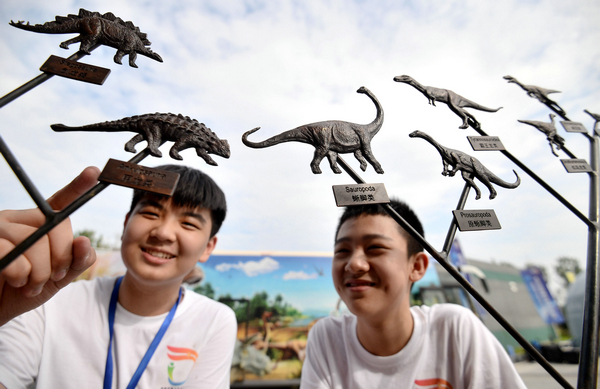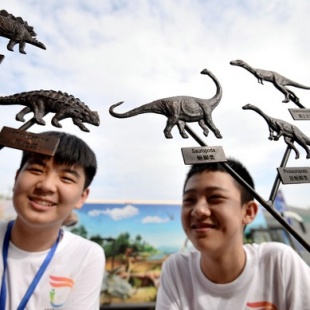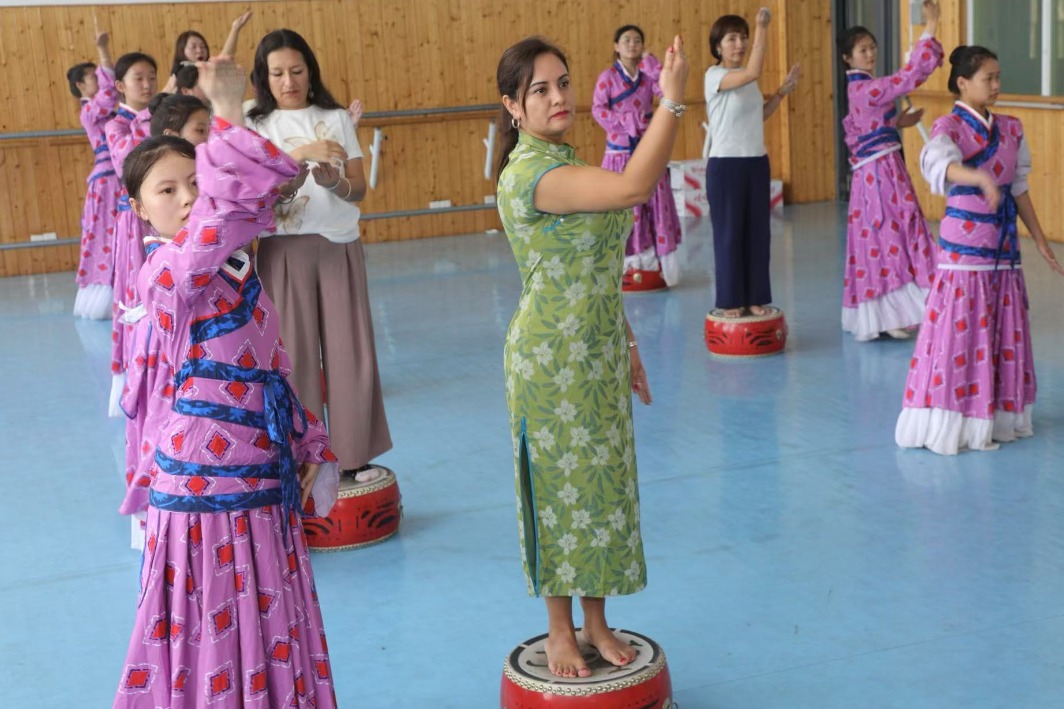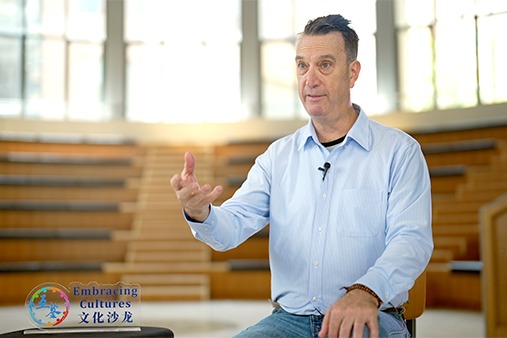Museums could play educational role for schools, guidance says


He also expects the upcoming activities to be able to better nurture student "patriotism".
The booming development of Chinese museums in recent years has created a foundation for better integration of museums into the school syllabus, Pan Shouyong, a museology professor at Shanghai University, tells China Daily.
According to the statistics of the National Cultural Heritage Administration, 5,535 museums had been registered on the Chinese mainland by the end of 2019. Pan estimated that the actual total number could be around 7,000 if it includes the museums affiliated to universities and other institutions, which are not independent legal entities.
And 76 percent of China's county-level administrative regions had at least one museum.
According to administration statistics, over the past five years, minors accounted for 260 million visits annually to Chinese museums on average, about 20 percent of the total number of visits. And 203 museums nationwide have been included on the list of "research and study bases" for juveniles.
"As visiting museums has become commonplace in the lives of Chinese people, it's natural that such guidance was issued," Pan says. "Many after-school training institutions have chosen museums as their venues to launch educational programs. It's great to see more schools attending, and a nationwide effort also means better program planning.
In China's revised evaluation and ranking system on museums, which went into effect in January, an institution will get a bonus if its operation council includes a member who is in charge of education programs.
"In the past, though organized tours to museums were often regular occurrences for many elementary and high schools, the impetus was on the side of the school and the teachers," Pan recalls. "And museums lacked full participation.
"But the situation is more demanding now," he says. "Museum operators need to cooperate with schools to design courses and even textbooks. When drawing constructional blueprints for new museums, more spaces for children's education and classrooms will also be put into consideration."
Nevertheless, the professor admits that the work cannot be done overnight. A problem is that the number of museums specializing in natural history in China are still outweighed by their counterparts focusing on human history, which could be a challenge when designing syllabuses in smaller cities.
"Museums can be places for children to comprehensively expand their horizons of knowledge, nurture their artistic tastes and improve their sense of aesthetics," Pan says. "It's a good start to see a nation-level framework, but it cannot only be a fad. A long-term interaction between museums and schools will have lasting benefits."
wangkaihao@chinadaily.com.cn





































